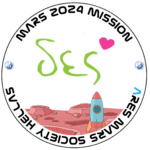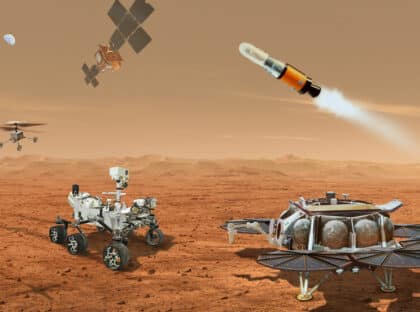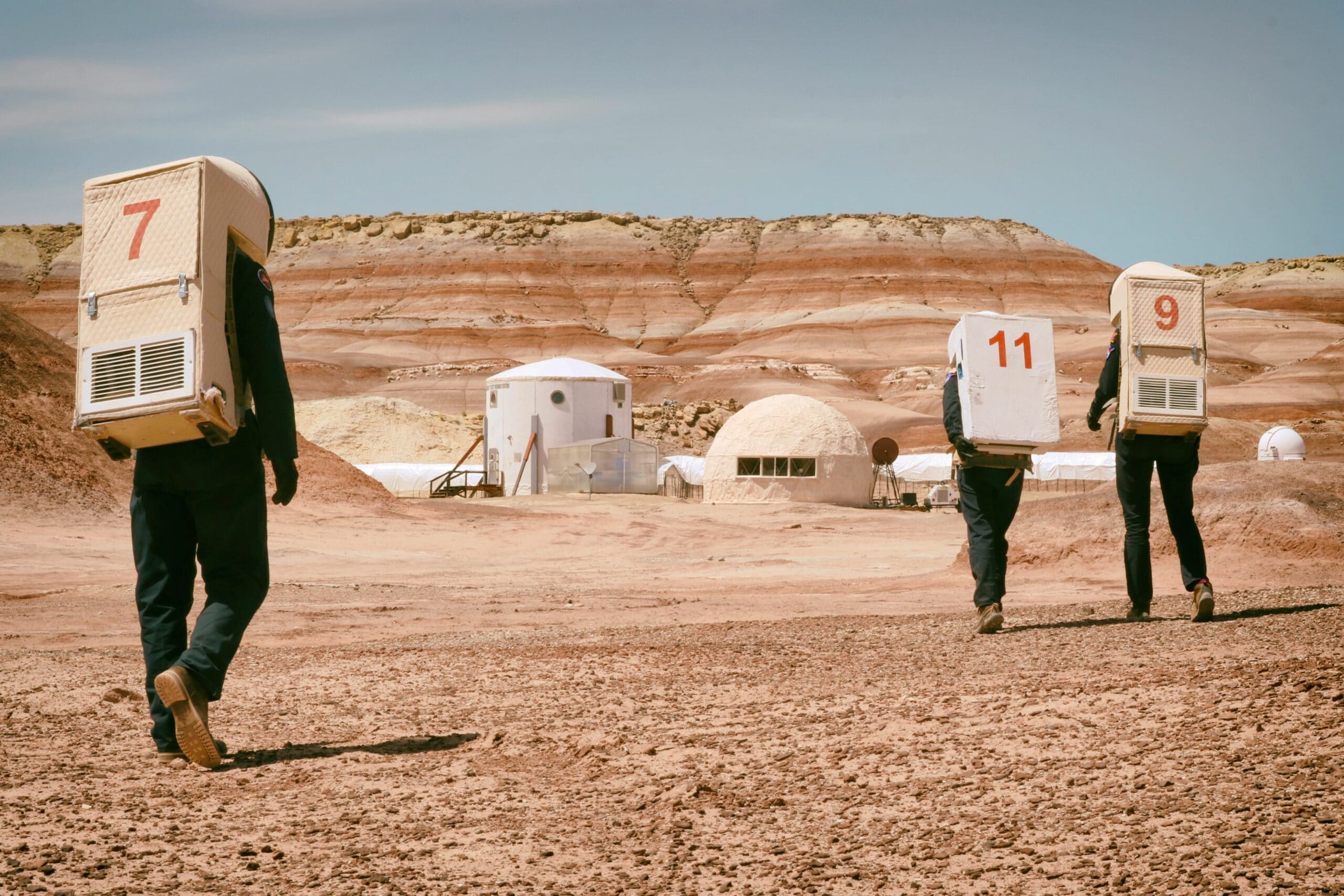
For over a year, the Mars Desert Research Station (MDRS) has been nearly as quiet as Mars itself. Normally MDRS is a revolving door for teams of scientists, engineers, physicians, journalists, etc. to research, record, and reflect at one of the leading Martian simulations in the world. MDRS prides itself in being safety first and administration took quick and appropriate action to protect its simulation participants and staff from what the world soon came to know as a global health emergency that would leave a profound and lasting scar on nearly every Earth inhabitant.
While every two-week-long rotation since the onset of the pandemic had either been delayed or canceled, there was one team that had a fortunate set of circumstances going for them. Crew 245, led by UCLA Aerospace Engineering Ph.D. Candidate Dylan Dickstein, consisted of six individuals living within the United States who had early access to the vaccinations through their respective employment, and the ability to quarantine sufficiently prior to their scheduled mission start of April 11, 2021. Negative Covid tests from every member were also provided prior to entry onto to the research station. This was a recipe for success in the resolving pandemic environment and thus Crew 245 was “Go for mission”. When asked for comment Commander Dickstein shared that, “We had been preparing for the analog since the team had been accepted back in 2019. Our team discussed contingent plans in the interest of everyone’s safety, but we decided it was far better to keep driving toward that April 2021 timeframe than to assume a mission postponement and risk arriving unprepared.”
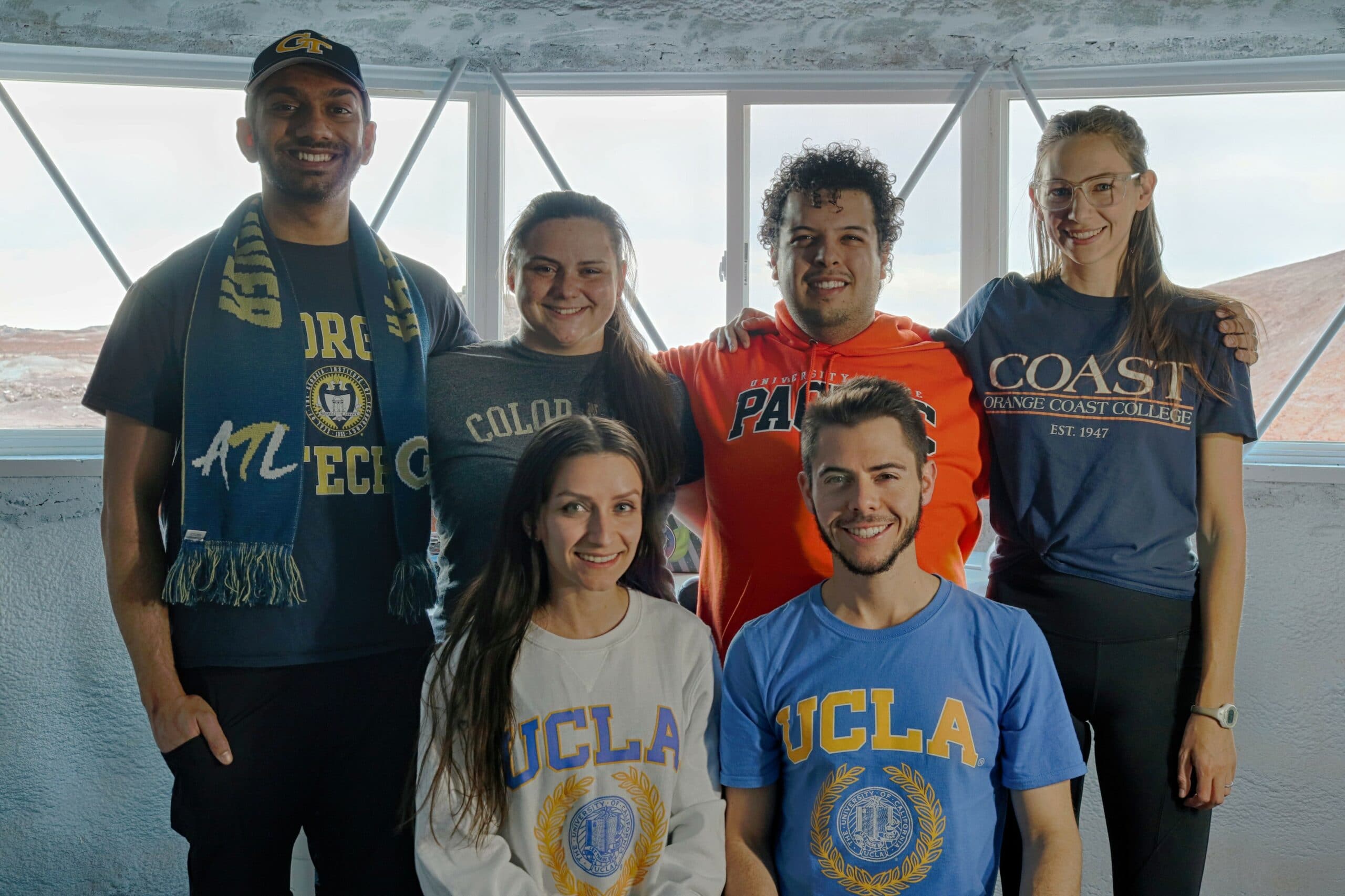
And the team did in fact arrive well-prepared. Prior to their arrival, Crew 245 had carefully determined team roles, research plans and objectives, resource utilization (e.g., water, food, paper products, etc.), meal preparation, daily schedules, and outreach. The team had certainly done their homework as evidenced by their mastery of the MDRS handbook and they displayed a clear respect for the rules in place and a welcomed sense of humility. The team spent the first 36 hours on site being trained by MDRS Director Dr. Shannon Rupert. Crew Scientist Olivia Ettlin touted this period as being integral to the success of the mission overall. “Dr. Rupert is a wealth of knowledge, and I am personally very glad I paid close attention and took notes during the training period.” Crew Engineer Shravan Hariharan seconded this sentiment. “From learning how to operate the ATVs to changing the water filter, and everything in between, that first day and a half was critical to the outcome of our rotation. While the handbook was already an incredible resource, it was no substitute for the in-person technical training.” Health and Safety Officer Alex Coultrup found Assistant Director Atila Mezsaros to be a valuable resource and a role model as well. “His level of operational awareness and technical knowhow are characteristics to strive to develop over the coming years. It encourages me hope that with enough analog astronaut experiences, I too could function so naturally in this isolated and hands-on environment.”
Crew 245, also known as Team Patamars, named after the sailing vessel and chosen for its nod to the simulated location, proceeded into simulation and put their detailed plans into action. They spent the two weeks conducting experiments from a variety of scientific disciplines. Several extravehicular activities (EVAs) were performed around the Hankville, Utah research station for purposes ranging from gathering soil samples to identifying emergency shelter locations. The former was suggested to the team by Mars Society Founder Dr. Robert Zubrin to demonstrate searching for extremophiles in Martian landscapes. Regarding the latter objective, Crew 245 created figures of merit to rank each shelter and used GPS devices to mark their position for other teammates to find at a later point in the mission. Two botany experiments, namely a hydroponics garden and a Martian regolith viability study, were overseen by Crew Scientist Olivia Ettlin and Crew Botanist Julio Hernandez, respectively, and made possible by means of the onsite greenhouse and science laboratory. A feasibility study on dexterity, led by Crew Engineer Shravan Hariharan, was performed by each analog participant to better understand spacesuit glove limitations. The team’s Health and Safety Officer periodically interviewed the crew members about their personal habits and their commitment to these rituals despite the isolation and demanding workload while in space. Choosing the right experiments, executing them with precision, and analyzing them scrupulously plays a commanding role in the significance of the overall mission.”
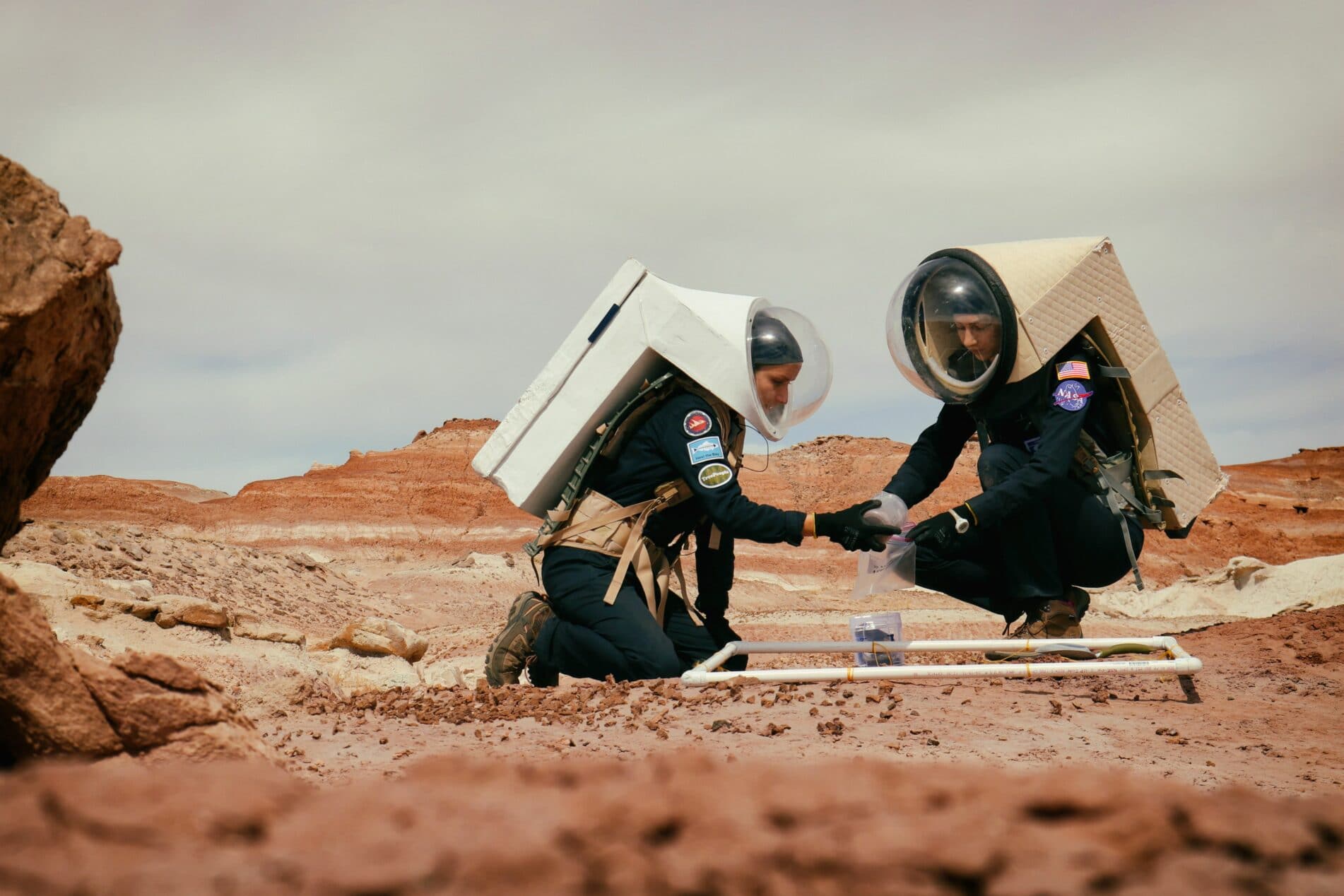
Crew 245 also managed to collaborate with several companies and organizations in the interest of science communication. They were put in contact with several K-12 schools as part of their relationships with ShareSpace and the Aldrin Family Foundation as well as the One More Orbit Foundation and Nanoracks’s STEM Education spin-off DreamUp. “Getting to speak with students about what is means to be an analog astronaut is new and exciting,” Executive Officer Shayna Hume begins. “Seeing how happy it makes kids feel to talk about the fundamental science topics I love, but with the twist of space exploration, shows me that MDRS is something that more people need to experience for themselves.” Son of NASA Astronaut Jose Hernandez, Crew Botanist Julio Hernandez is able to share with the students a perspective that few others on the planet can genuinely express. “High school students in particular have found it interesting to hear my experience of participating in MDRS as it relates to my personal goals of following in my dad’s footsteps. It seems to resonate with them in a way that truly inspires me to keep going after these goals, and perhaps one day going even further.”
Team Patamars also collaborated with brands Molekule, which supplied high quality air filters, GSI Outdoors, which provided cutlery and dishware, and the UCLA Store, which gave apparel to select members of the team. Shayna Hume expressed her gratitude to represent these amazing brands as part of the mission. “These are established companies which have plenty of social media influencers to model their products. To think they chose us to represent their merchandise shows how meaningful astronaut analogs can be. Clearly MDRS strikes a chord and I am thankful for all of it.”
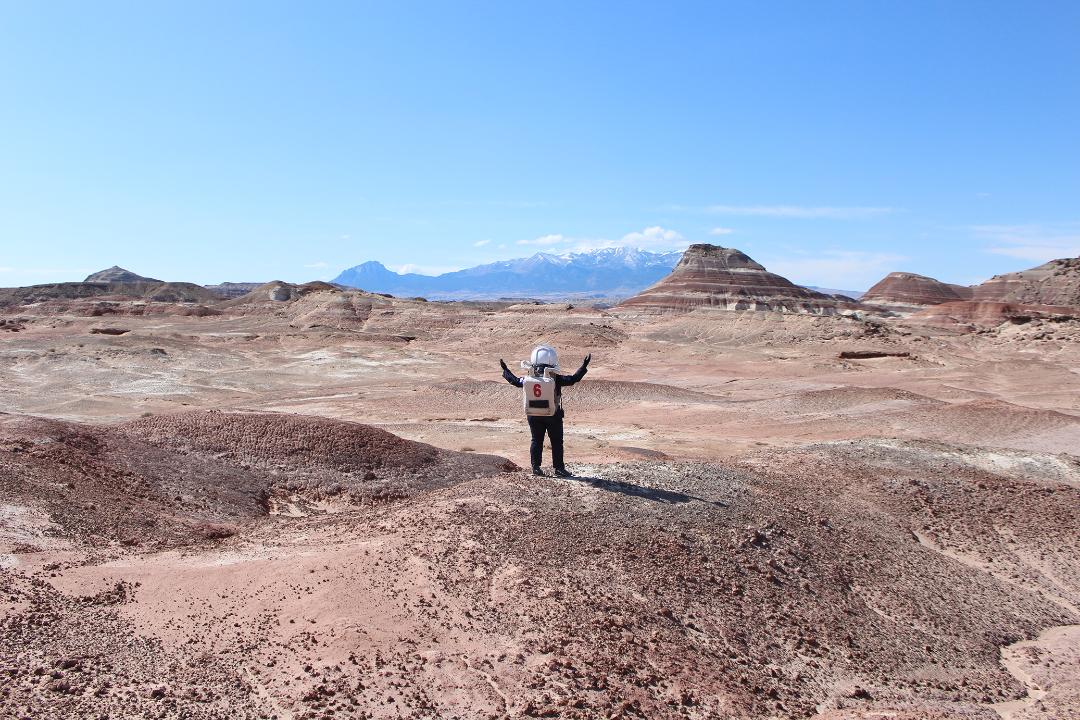
Commander Dickstein recognizes the responsibility associated with being the first full MDRS rotation since the start of the pandemic. “It was an incredible privilege to perform research at the Mars Desert Research Station, and we were conscientious to not take any moment for granted. I instilled in my team the reality that our actions are setting a precedent. We have a duty to maintain an abundance of caution regarding our health and those around us. It is also crucial that we illustrate the idea that with the right preparation, procedures, and mission objectives, we can be the signs of life on Mars that we ourselves are so desperately looking for.”
Written by a Mars Society staff writer

